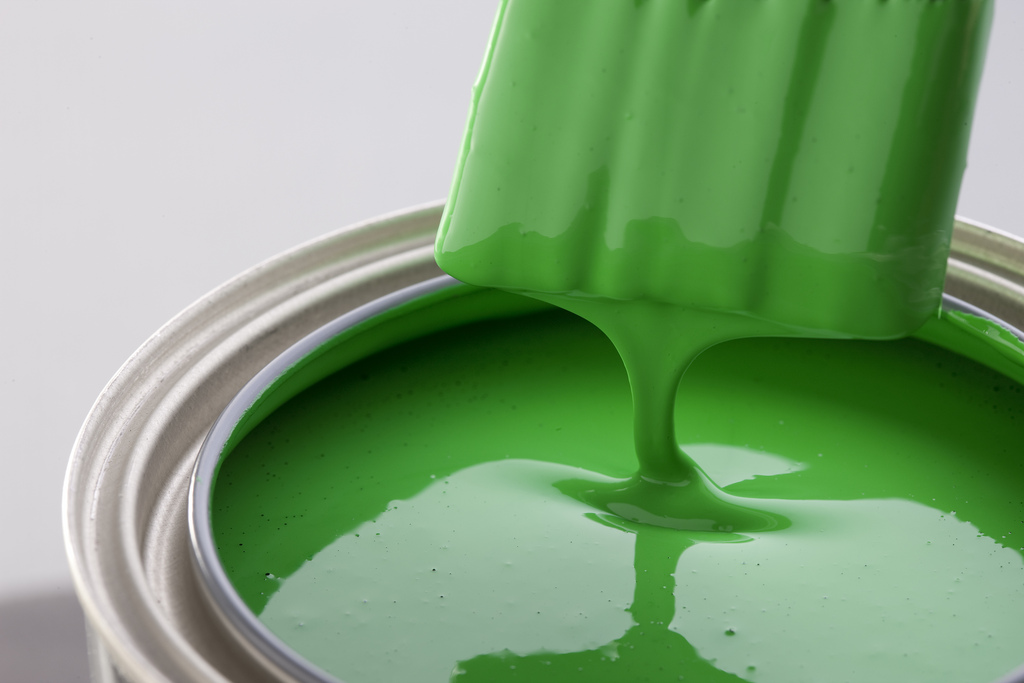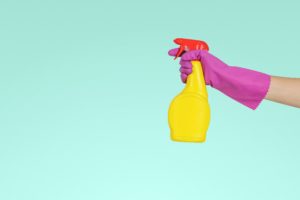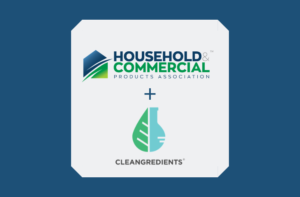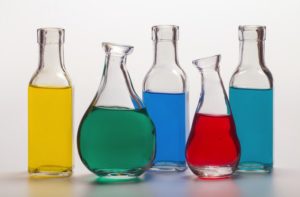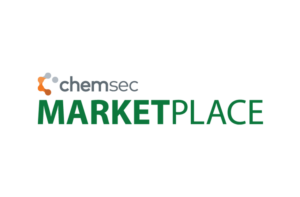Last month, four paint companies settled Federal Trade Commission charges that they made deceptive environmental claims, without adequate evidence to back up the claims. Among other things, the companies’ unqualified claims that their products were emission-free, VOC-free, and safe for sensitive populations got them into hot water with regulators. Paint companies are not the only ones falling into this trap. In the past, cleaning and personal care product companies have also come under fire and been subject to lawsuits for claiming that their products are natural, non-toxic, or safer than their competitor’s products.
This serves as an important reminder that, even as more and more consumers are looking for products that make “green” claims, brands need to be careful and avoid making vague assertions about their products that aren’t backed up by clear evidence. The FTC’s Green Guides provide guidance to companies to help ensure they don’t make claims that will be misinterpreted by consumers. For example, companies shouldn’t make broad, unqualified environmental claims, such as their product is “green” or “eco-friendly.” They should also disclose any connections with certifying organizations if certifications or seals are used, so consumers don’t misinterpret a company’s own seals of approval as third-party certifications. So how can companies ensure that the environmental claims they make are backed up by evidence?
Third-party certifications like EPA’s Safer Choice can be incredibly valuable to companies that want to market their products based on environmental and health attributes. Participating in the Safer Choice program allows products that meet the standard to use the Safer Choice label on their package and marketing materials, indicating that the product contains ingredients safer for human and environmental health than conventional products. Every ingredient in a Safer Choice-certified product must meet EPA’s rigorous science-based criteria, and all products undergo review by independent toxicologists before they can carry the label.
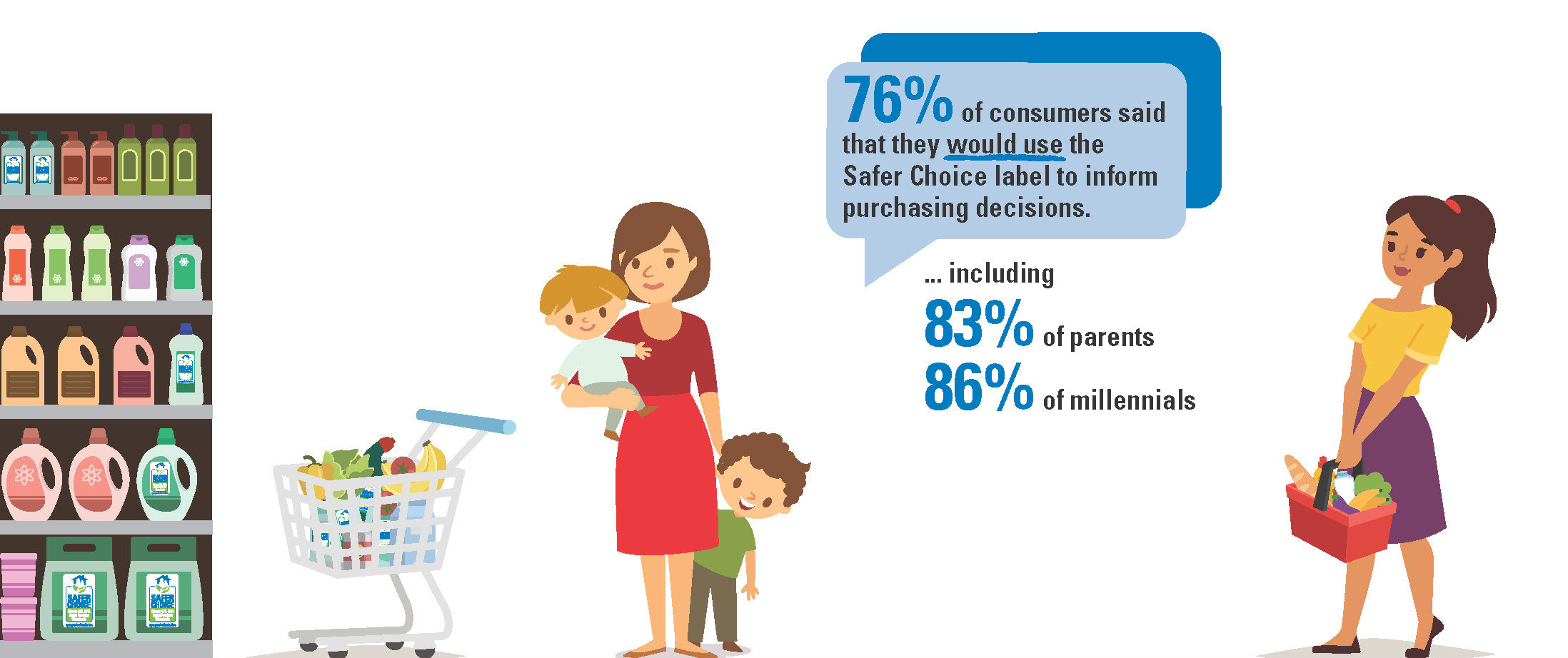
Companies marketing Safer Choice-certified products find that the label is both meaningful to consumers, helping companies market their products to those looking for “green” options, and scientifically meaningful, so it stands up to scrutiny. An EPA study in February 2016 found that more than a third of consumers were familiar with the Safer Choice program and had seen the label on store shelves. After learning about the certification, more than three quarters said that the Safer Choice certification would inform their future purchasing decisions.
The market for safer products is substantial. In fact, a Consumer Reports survey found that 44% of the American adults surveyed would pay more for cleaning products they perceive to be safer for their health and the environment. Third-party certifications like Safer Choice can help companies access this market, without falling into the trap of making vague and unsubstantiated claims that could land them in legal trouble. Plus, consumers who see the Safer Choice label on a product will know that the claims are backed up by rigorous, independent review, so they are actually getting the safer, more environmentally friendly products they want.

